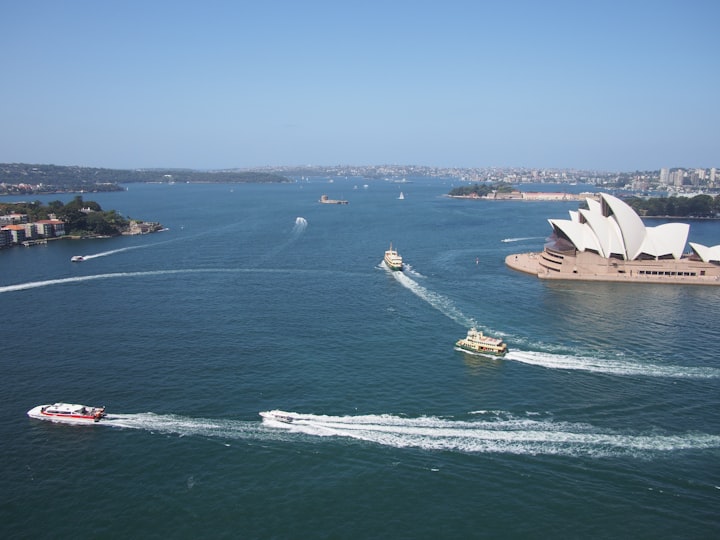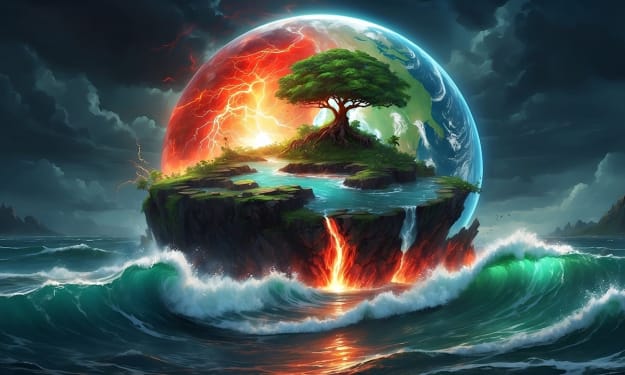Trincomalee District of Sri Lanka
Trincomalee

Trincomalee (English: /ˌtrɪŋkoʊməˈliː/; Tamil: திருகோணமலை, romanized: Tirukōṇamalai; Sinhala: ත්රිකුණාමළය, romanized: Trikuṇāmaḷaya), also known as Gokanna and Gokarna,[1] is the administrative headquarters of the Trincomalee District and major resort port city of Eastern Province, Sri Lanka. Located on the east coast of the island overlooking the Trincomalee Harbour, 237 kilometres (147 mi) north-east of Colombo, 182 kilometres (113 mi) south-east of Jaffna and 111 kilometres (69 mi) miles north of Batticaloa, Trincomalee has been one of the main centres of Sri Lankan Tamil language speaking culture on the island for over two millennia. With a population of 99,135,[2] the city is built on a peninsula of the same name, which divides its inner and outer harbours. People from Trincomalee are known as Trincomalians and the local authority is Trincomalee Urban Council. Trincomalee city is home to the famous Koneswaram temple from where it developed and earned its historic Tamil name Thirukonamalai. The town is home to other historical monuments such as the Bhadrakali Amman Temple, Trincomalee, the Trincomalee Hindu Cultural Hall and, opened in 1897, the Trincomalee Hindu College. Trincomalee is also the site of the Trincomalee railway station and an ancient ferry service to Jaffna and the south side of the harbour at Muttur..
The recorded history of Trincomalee spans more than two and a half thousand years, beginning with civilian settlement associated with the Koneswaram temple in the pre-modern era. One of the oldest cities in Asia, it has served as a major maritime seaport in the international trading history of the island with South East Asia. From its suburban village of Kankuveli, some of Asia's earliest medical research at the "Agathiyar Thapanam", the Siddhar Tamil medical university established by Agastya, helped spread Tamil Tamraparniyan culture across the continent. In the ancient world, it was successively the capital of eastern kingdoms of the Vanni country, developing under the Anuradhapura Kingdom, Pallava Dynasty, Chola Dynasty, Pandyan Dynasty, the Vannimai chieftaincies and the Jaffna kingdom through the Koneswaram shrine's revenue. Trincomalee's urbanization continued when made into a fortified port town following the Portuguese conquest of the Jaffna kingdom, changing hands between the Danish in 1620, the Dutch, the French following a battle of the American Revolutionary War and the British in 1795, being absorbed into the British Ceylon state in 1815. The city's architecture shows some of the best examples of interaction between native and European styles. Attacked by the Japanese as part of the Indian Ocean raid during World War II in 1942, the city and district were affected after Sri Lanka gained independence in 1948, when the political relationship between Tamil and Sinhalese people deteriorated, erupting into civil war. It is home to major naval and air force bases at the Trincomalee Garrison. The city also has the largest Dutch fort on the island.
The Trincomalee Bay, bridged by the Mahavilli Ganga River to the south, the historical "Gokarna" in Sanskrit, means "Cow's Ear", akin to other sites of Siva worship across the Indian subcontinent. Uniquely, Trincomalee is a Pancha Ishwaram, a Paadal Petra Sthalam, a Maha Shakti Peetha and Murugan Tiruppadai of Sri Lanka; its sacred status to the Hindus has led to it being declared "Dakshina-Then Kailasam" or "Mount Kailash of the South" and the "Rome of the Pagans of the Orient". The harbour is renowned for its large size and security; unlike any other in the Indian Ocean, it is accessible in all weathers to all craft. It has been described as the "finest harbour in the world" and by the British, "the most valuable colonial possession on the globe, as giving to our Indian Empire a security which it had not enjoyed from elsewhere". Popular tourist destinations include its beaches at Uppuveli, Salli and Nilaveli, used for temple visits, surfing, scuba diving, fishing and whale watching, and the Kanniya Hot Springs. Trincomalee is served by a campus of the Eastern University, Sri Lanka and has been the inspiration of both domestic and international poetry, films, music and literature for many centuries.
Trincomalee which is a natural deep-water harbour has attracted seafarers, trader and pilgrims from Europe, Middle East, Africa, China, East Asia and Australasia since ancient times. Trinco, as it is commonly called, has been a seaport since 400 BCE. The earliest epigraphical inscriptions found in Trincomalee city are in the Tamil language. The Tamil settlement at the port of Trincomalee was one of the oldest settlements on the island.[24] One inscription from 900 to 1000 CE belonging to the Chola Dynasty excavated near where the promontory's first temple stood is from a sluice and also concerns Koneswaram, as do the 10th century Nilaveli inscriptions.[25][26][27]
Ancient texts, as well as an inscription unearthed by archeologists among its Hindu archaeological remains, call it Gokarna in Sanskrit.[28] Over its long history, Trincomalee, and specifically the Swami Rock promontory, has housed several Kovil temples to deities of the Hindu pantheon, as well as a Buddhist vihara and a Christian Catholic church, both introduced following invasions. A descendant of Ellalan of Anuradhapura, Kulakkottan, directed renovations of the Hindu temples and oversaw settlement of Tamils for their upkeep. Sacrificial and other cult practices at the Trincomalee promontory have been documented since the Yakkha period, and were noted during the reigns of Pandukabhaya of Anuradhapura, Maha Naga of Anuradhapura and Manavanna of Anuradhapura until the publication of The Life of Alexander Alexander in 1830. The worship of Eiswara is noted to have been the original worship of the island and the deity worshiped by Kuveni, the ancient Yakkha queen; Charles Pridham, Jonathan Forbes and George Turnour state that it is probable there is no more ancient form of worship existing than that of Eiswara upon his sacred promontory.[16][29][30]
In the earliest known literary reference to the Siva temple, Mahabharata, the Hindu epic written between 400 and 100 BCE, the temple of Gokarna bay is in the middle of the ocean and is the island shrine of Uma's consort, known in the three worlds and worshiped by all natives of the island including the Nagas, Yakkhas, Siddhars and Devas, peoples from the subcontinent, the rivers, ocean and mountains.[31] Fasting there for three nights in worship of Siva as Ishana, one acquireth the merit of the horse-sacrifice, and the status of Ganapatya. By staying there for twelve nights, one's soul is cleansed of all sins. Mahabharata continues that the shrine is the next pilgrimage spot for Hindus en route south following Kanyakumari of the early Pandyan kingdom and Tamraparni island (Kudiramalai).[32] In the same time period, the Ramayana in written form describes how King Ravana and his mother had worshipped Siva at the shrine, when the former wanted to remove the temple of Koneswaram when his mother was in ailing health around 2000 BCE. This literature continues that as the king was heaving the rock, Lord Siva made him drop his sword. As a result of this a cleft was created on the rock, today called Ravana Vettu – meaning Ravana's Cleft. Upon her death, her last rites were performed at the Kanniya Hot water springs in the Kanniya suburb of Trincomalee city.[4]
The Siva-worshipping Siddhar Patanjali's birth at the city in 180 BCE and its connections to another Siddhar Agastya from at least the 5th–4th century BCE suggests that Yoga Sun Salutation originated on the promontory of Trincomalee.[15][33][34][35] One of Trincomalee's suburbs, Kankuveli is home to ruins of the Tamil Siddhar medical university established by Agastya, the "Agathiyar Thapanam", which alongside his other shrines at Sivan Oli Padam Malai, helped spread Tamraparniyan science across the continent during the pre-classic





Comments
There are no comments for this story
Be the first to respond and start the conversation.